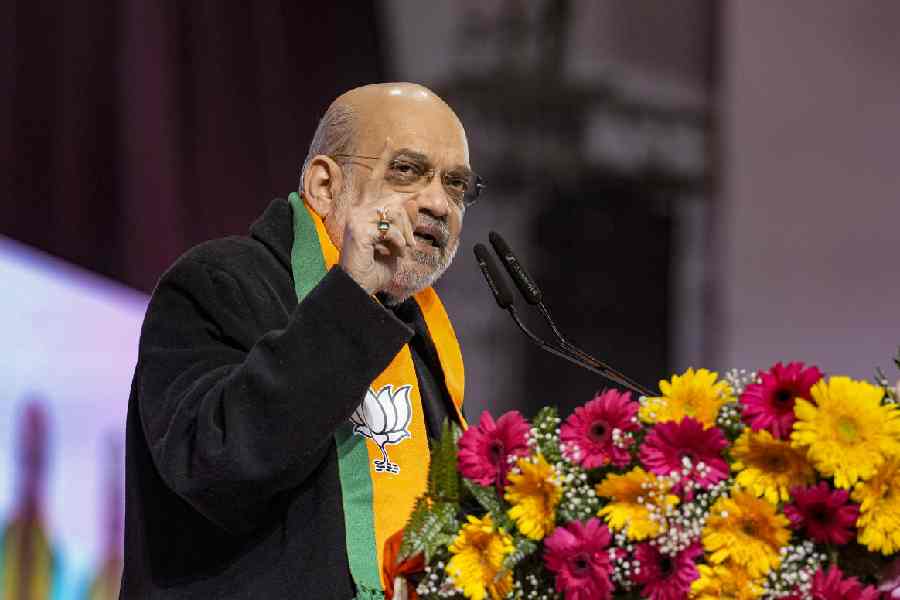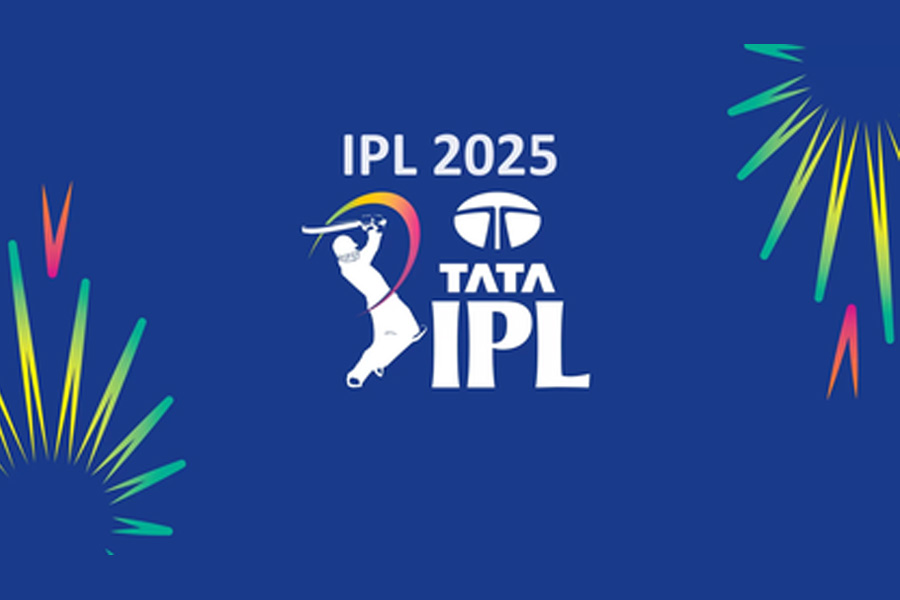Indian health officials are monitoring Covid-19 hospitalisation rates in South Africa and Europe to try and predict how omicron-fuelled surges might impact the demand for critical care beds in India. The early signals appear to uncouple deaths from infection spikes.
The daily new cases in South Africa, Denmark, Norway and the UK — countries with the largest documented omicron burdens — have exceeded their pandemic records. But hospitalisation and deaths appear relatively low, health officials and experts have said.
Britain’s health security agency has said there isn’t enough data yet to assess the inherent severity of omicron. Experts believe that the mildness of the current infections may be an outcome of immunity responses from prior Covid-19 infections, vaccinations, or both.
Gautam Menon, an infectious disease modeller at the Institute of Mathematical Sciences, Chennai, said: “Given hospitalisation trends in South Africa and the UK, there is some reason to hope India will not see extreme pressures on hospitals as during our second wave.”
In the UK, the seven-day average of daily new infections rose from 43,000 on December 1 to over 93,000 on December 17, while the seven-day average of daily deaths during this period have remained below 125. This is a fraction of the average 1,200 daily deaths during the peak of the UK’s wave in January this year.
South Africa has over the past week recorded an average 30 daily deaths compared with the over 370 daily deaths during the peak of its delta-driven wave in July, and over 500 during the peak of its beta-driven wave in January.
The omicron-driven spikes, however, do remain a source of concern.
The UK’s per million count, if applied to India, would mean over 1.3 million new cases a day — more than three times the 400,000 cases the country had experienced during the peak of its second wave. But health officials and experts say that timely and appropriate actions can help avert a rapid nationwide surge.
“We can slow down the rise — our actions will determine whether the surge happens over two weeks, two months or over six months,” said K. Srinath Reddy, president of the Public Health Foundation of India, New Delhi, and member of the national Covid-19 task force.
The longer omicron takes to sweep across susceptible pools of the population, Reddy said, the better it is for the healthcare system. “A slow spread prevents pressure building up on hospitals,” he said.
Health officials had in October this year outlined India’s preparedness levels — nearly 840,000 hospital beds, 486,000 oxygen-supported beds, and over 135,000 critical care beds — that they said were pitched to manage any future surge of up to 500,000 daily cases.
But that inventory was intended to manage a wave with a hospitalisation requirement for 15 to 20 per cent of the cases, an official guiding India’s pandemic response told The Telegraph.
“We’re watching hospitalisation numbers in the UK and elsewhere — we don’t see a high demand at the moment,” the official said.
Many experts believe the focus should shift from counts of daily cases to hospitalisation. “This shift in emphasis is important,” Menon said. “We need to concentrate on tracking pressure on hospitals and intensive care units rather than focus on daily new infections.”
Reddy said “decentralised, data-driven decision-making” backed by surveillance and testing was key to containing localised surges and preventing the emergence of simultaneous spikes in multiple states that could lead to a nationwide wave.
India’s daily new infection counts have remained below 10,000 for more than three weeks despite growing numbers of omicron cases. Some health experts say it could take several weeks for omicron-driven surges to emerge.
Even with mild disease, the threat lies in absolute numbers, experts say. A one per cent rate of severe disease among 10,000 infections implies 100 patients would require hospital care but with a million infections, 10,000 patients will require hospital care.












